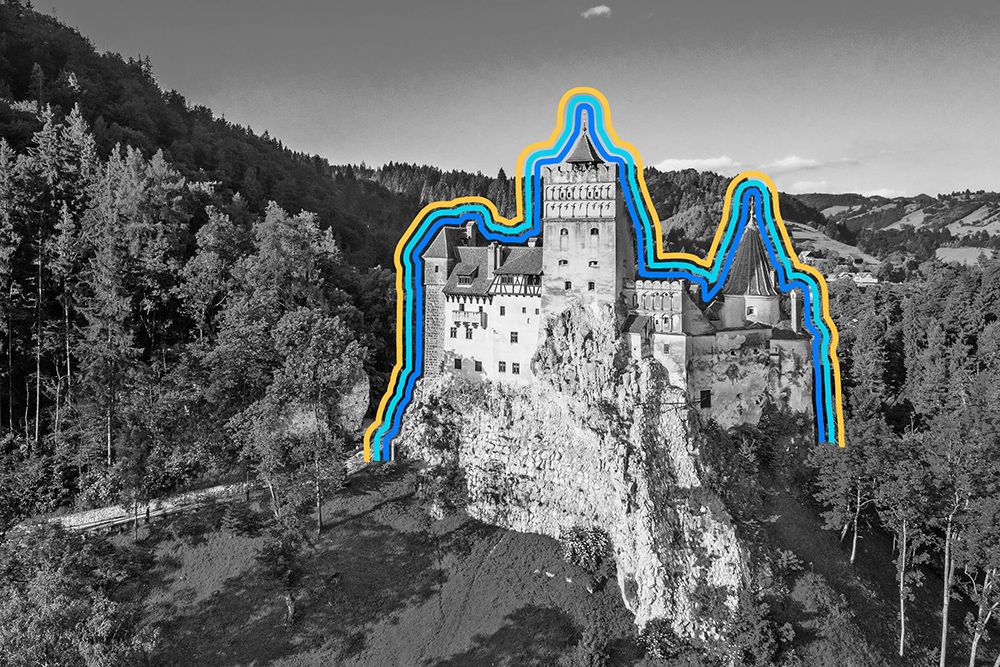
Vampires were once thought to have a compulsion to count — which inspired the Count on “Sesame Street."
Humans have long blamed the supernatural for life’s mysteries; take, for example, vampires, the bloodthirsty creatures that supposedly seek out the living as prey. Many modern depictions of vampires make a mockery of these undead characters, relegating them to YA novels and Halloween costumes, but for hundreds of years — perhaps even thousands, starting with the Egyptians — vampires were feared figures believed to prey on families or entire villages. Some historians believe the vampire myth endured because it was an easy way to explain disease outbreaks or unexpected deaths. These fears, echoed by cultures around the world, are why so many communities developed methods to ward off the undead, including hanging garlic bulbs around their homes and laying to rest family members in vampire-proof graves.
But there’s another way to escape the clutches of these undead monsters: making them count. According to European lore, vampires suffer from arithmomania, the uncontrollable urge to count or calculate numbers. That’s why many Europeans once scattered seeds or grain on their floors before tucking into bed at night, hoping to distract any intruding vampires by triggering their counting compulsion. Some Slavic fishing communities also draped nets on their homes, believing that vampires would stop to count the holes.
It’s unclear why vampires would have a tendency to tally, but the idea has lived on with Sesame Street’s Count von Count, the purple-hued vampire who helps children learn their numbers. Inspired by the lore, Sesame Street writer Norman Stiles created the iconic Muppet in the early 1970s based on actor Bela Lugosi’s 1931 cinematic depiction of Count Dracula. The count made his Sesame Street debut on the show’s fourth season in 1972, slowly morphing from a spooky character to the friendly, number-loving Muppet he is today.
The Salem witch trials are likely the most studied epidemic of fear in early America, but it wasn’t just suspicion of witches that kept New Englanders up at night. Some 200 years after the witch trials’ horrid end, residents along the East Coast experienced a new wave of fear that was later deemed the Great New England Vampire Panic. Around the 1880s, communities in Rhode Island, Connecticut, and Vermont were hit hard with a mysterious illness that slowly drained energy from the sick until they succumbed to the disease. Theories swirled about the mysterious deaths, and in the frenzy, panicked New Englanders attributed the illness to the supernatural — specifically vampires. Soon, towns began performing odd rituals at cemeteries to keep vampires at bay. As science progressed, anti-vampire events slowly died off; today we know the deaths involved in the Great New England Vampire Panic weren’t due to vampires at all, but simply a widespread tuberculosis outbreak.

